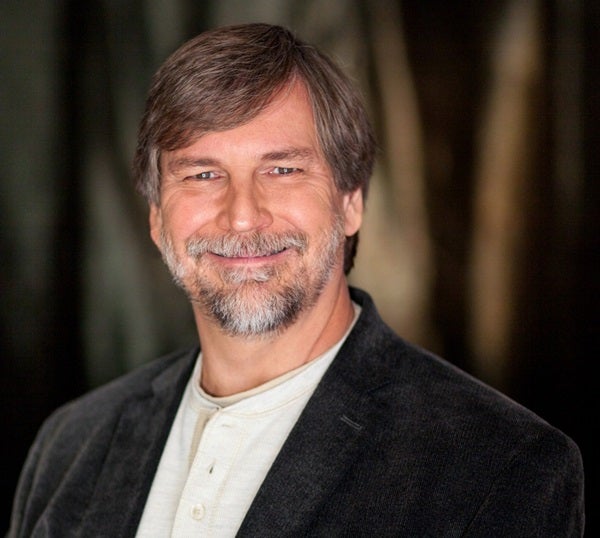A bit over two decades ago, quantum gravity also proved to be the perfect honey trap for a bunch of academics with a taste for nonsense and an envious bone to pick with science.
In 1994, NYU physicist Alan Sokal ran across a book by biologist Paul Gross and mathematician Norman Levitt. In Higher Superstition: The Academic Left and Its Quarrels with Science, Gross and Levitt raised an alarm about those in the new field of “cultural studies” who were declaring that scientific knowledge, and at some level reality itself, is nothing but a social construct. Unsure whether he should take Gross and Levitt at face value, Sokal went to the library and dove into the literature that they were criticizing. When he came up for air, he was much more familiar with the postmodernist critique of science. He was also appalled at the depth of its ignorance about the subject.
Most scientists respond to such nonsense with a muttered, “good grief,” but Sokal felt compelled to do more. He decided to give postmodernists a firsthand demonstration of the destructive testing of ideas that tie science to a reality that cuts across all cultural divides.
Sokal had a hypothesis: Those applying postmodernism to science couldn’t tell the difference between sense and nonsense if you rubbed their noses in it. He predicted that the cultural science studies crowd would publish just about anything, so long as it sounded good and supported their ideological agenda. To test that prediction, Sokal wrote a heavily footnoted and deliciously absurd 39-page parody entitled, “Transgressing The Boundaries: Toward A Transformative Hermeneutics Of Quantum Gravity.”
The paper is worth reading just for a belly laugh. It promises “emancipatory mathematics” at the foundation of “a future postmodern and liberatory science.” “Physical ‘reality’,” it declares, “is at bottom a social and linguistic concept.” He embraces the notion, seriously proposed by some, that logic itself is invalidated by “contamination of the social.” When he showed it to friends, Sokal says, “the scientists would figure out quickly that either it was a parody or I had gone off my rocker.”
The bait had been taken, but the trap had yet to be sprung. That came with a piece by Sokal in Lingua Franca that appeared just after Social Text hit the stands, exposing “Transgressing the Boundaries” as the hoax it was.
Parody sometimes succeeds where reasoned discourse fails. Sokal’s little joke burst free of the ivory tower on May 18, 1996, when The New York Times ran a front-page article entitled, “Postmodern Gravity Deconstructed, Slyly.” The Sokal Hoax became a hot topic of conversation around the world!
Reactions to Sokal’s article were, shall we say, mixed. The editors of Social Text were not amused, to put it mildly, and they decried Sokal’s unethical behavior. One insisted that the original paper was not a hoax at all, but that fearing reprisal from the scientific hegemony, Sokal had “folded his intellectual resolve.” It was lost on them that had they showed the paper to anyone who knew anything about science or mathematics, the hoax would have been spotted instantly.
As most scientists did: When I heard about it, I busted a gut!
I still laugh, but the Sokal Hoax carries a serious message. In addition to diluting intellectual rigor, the postmodern assault on science undermines the very notion of truth and robs scientists and scholars of their ability to speak truth to power. As conservative columnist George Will correctly observed, “the epistemology that Sokal attacked precludes serious discussion of knowable realities.” Today, from climate change denial, to the anti-vaccine movement, to the nonsensical notion of “alternative facts,” that blade is wielded on both sides of the political aisle.
Sokal gets the last word. Quoting from his 1996 Lingua Franca article, “Anyone who believes that the laws of physics are mere social conventions is invited to try transgressing those conventions from the windows of my apartment. (I live on the 21st floor.)”











